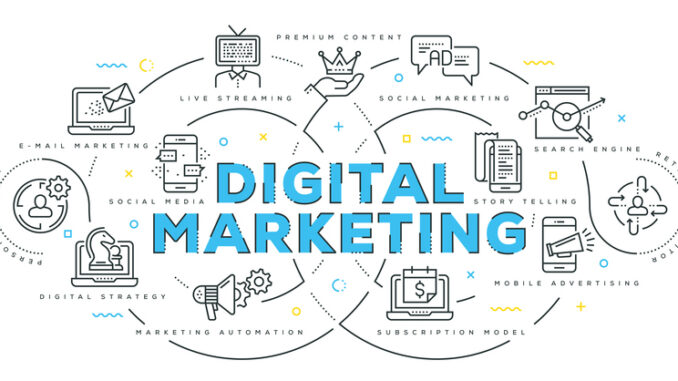
Consumer buyer trends have rapidly shifted due to macroeconomic pressures. Although inflation has been slowing over the last several months, consumer perceptions of high prices persist. Many carried the burden of the high cost of living wrought by inflation into their 2023 attitudes and behaviors.
At the 2023 Gartner Marketing Symposium/Xpo, I discussed how marketing leaders have more to worry about their own budgets being under scrutiny — they also have to consider the dwindling purchase power of their target consumers.
The rising cost of mandatory spending (e.g., food, fuel, rent, utilities) puts pressure on households to make difficult decisions. Gartner recently surveyed over 2,000 U.S. consumers about their spending behaviors compared to one year ago, and 38 percent said their household discretionary spending decreased — this is a 65 percent increase from the same study conducted in 2022.
In an effort to be more price conscious, consumers have also embraced digital price comparison tools and are becoming increasingly brand agnostic. To combat this, retail CMOs must evolve their digital channel strategy to drive acquisition and growth, reset loyalty efforts to retain existing customers, and reduce omnichannel friction to improve hybrid shopping experiences.
Evolve Digital Channel Strategy to Drive Acquisition and Growth
Now more than ever, it’s critical for CMOs to justify the value and return on investment of each of these measurable digital ad channels, especially as budgets potentially remain flat or are reduced and digital customer acquisition costs continue to rise. Prioritize the channels that customers are using right now and make plans to invest in the other channels as time and money allows.
For example, a focus on content types and platforms that perform instead of blank social media advertising is prudent. Investment in short-form video advertising, such as that found on TikTok, is on the rise. As a platform, TikTok is much more community-driven than the other platforms, so the use of influencers is also very effective. Brands are partnering with influencers and celebrities to kick off campaigns that encourage engagement through user-generated content (UGC).
The combination of having a presence, getting verified, and engaging a community through influencers and UGC creation is the secret sauce of TikTok.
Reset Loyalty Efforts to Retain Existing Customers
To combat inflation, consumers may not remain loyal to a brand in the current retail environment in an effort to get the most value out of their purchases. As a result, retailers need to figure out how to make their loyalty program stand out and engaging to retain existing customers.
Consumers are continuing to show more interest in experiential benefits — i.e., benefits that shift away from offering a discount and focus more on rewarding the customer with unique experiences that can be accessed across different touchpoints of the customer’s end-to-end journey. Retailers with best-in-class loyalty programs are leaning into these types of benefits to stand out. A recent Gartner consumer priorities survey found 52 percent of consumers prefer some experiential benefits from brands, yet most brands still only offer transactional benefits.
Experiential benefits could come in the form of free or discounted shipping, preferred access to a product launch or event, or priority customer service. Loyalty members can also earn through experiential ways such as taking a poll or survey, a discount for sharing on social media, or reward for downloading a mobile app.
Reduce Omnichannel Friction to Improve Hybrid Shopping Experiences
More than half of consumers use omnichannel features when making purchases, meshing online and in-store shopping patterns together. More so, a recent Gartner mobile marketing survey found that 66 percent of customers that have downloaded a retailer’s app use it while shopping in-store.
Leading retail brands promote omnichannel features throughout their apps and websites, including powerful in-store features for quickly finding products with real-time inventory, promotion of “buy online, pick up in-store,” and features that make it easy to return online purchases in-store. CMOs should make sure they’re serving your customers’ needs across every channel, in-store, online and hybrid.
is a director, analyst in the , presenting on this subject live at the . Her research covers trends across the retail industry, specifically e-commerce, digital marketing, and consumer insights.

Leave a Reply